A knuckle joint is a mechanical or pin joint that connects two cylindrical rods under tensile load. In this article, we will study the Definition, Parts or Assembly, Functions, Material, Application, Advantages, and Disadvantages of the Knuckle Joint in detail.
For PDF of this article you can easily download at the end of this articles.
Now let’s start our topic with the definition first,
What is the Definition of Knuckle Joint?
A knuckle Joint is a mechanical component that is used to join the two components under tensile loads. It is also known as the Forked pin joint. For example Tractor and trolley. The trolley is being attached to the tractor with the help of a knuckle joint.
In other words, we can say this joint is used When there is a requirement small amount of flexibility or angular movement.
Now coming to parts and assembly.
Knuckle Joint Parts or Assembly,
It consist of following Parts:
- Single eye
- Double-eye or fork
- Knuckle pin
- Taper pin
- Collar
It is used to connect two rods in which one is a single eye and the second one is a double eye or fork. The single eye has one hole which is inserted into double eye or fork and the fork has two holes in which knuckle pin will insert.
The Knuckle Pin is used to hold and grip the single eye and double eye end together.
In the knuckle pin at the bottom, there is a hole for the taper pin and There is one more component name is a collar. The collar has two holes to insert taper pin.
The collar hole and knuckle Pinhole are being matched.
For gripping purposes wow we bring all the holes in such a way that hole of the knuckle pin coincides with the holes of the collar and The tapper pin is inserted in the collar hole through the hole of the knuckle pin.
This way knuckle joint is formed and the joint is being secured.
Design Procedure of Knuckle Joint:
The following design procedure of Knuckle Joint are:
- Material Selection
- Properties of Material
- The factor of safety consideration
- Permissible Stress
- Rod Design
- Single Eye, Double Eye, Knuckle Pin, Cotter, and other Parts Dimension and Design
Material Selection:
Material selection plays a vital role in designing knuckle joints. As per the need, we choose different types of material which are having low carbon steel. The Aluminum material prefers for 50KN because it has good FOS. But in advance, the ceramic material is being used who can withstand the stress developed in that zone.
Properties of Material:
The properties of material we select is between C-15 to C-45.
The factor of safety consideration:
While designing any object we must consider factor of safety. Factor of safety is the ratio of maximum stress to the working stress. The more factor of safety the less chances of breaking. Example if load is 50KN then we have to design who can resist the load up to 60 to 70 KN or more.
Permissible Stress:
Permissible stress is Maximum principal stress or shear stress.
Rod, Single Eye, Double Eye, Knuckle Pin, Cotter, and other Parts Dimension and Design:
Note down the proper dimension and calculates stress and It is subjected to a direct tensile stress ς = P / π d2.
Mathematical Calculation for Knuckle Joint:
The following dimension of Knuckle Joint are:
- The thickness of single eye = t
- The thickness of fork = t1 (1 is in subscript)
- Axial tensile force on rod = P
- Diameter of rod = d
- Diameter of knuckle pin = dp (p is in subscript)
- Outside diameter of single eye = doe (oe is in subscript)
- Outside diameter of double eye = dod (od is in subscript)
1. Calculating Diameter of the rod:
Consider the rod is subjected to a direct tensile stress ς = P / π d2 From this equation we can find the value of d.
2. Design of Pin (dp)
(a) Consider the failure of the pin under double shear due to tensile force. Therefore, direct shear stress induced in knuckle pin is given by Equation
ς = P / 2A = (P/2) / (π/4) dp2 = 2P / π dp2
Here, we check the pin in bending and find the value of dp
Now,
The above screenshot is from wikipedia.
Video Explanation:
The material used for Knuckle Joint:
The following materials used for manufacturing of Knuckle Joint:
- Stainless steel,
- Structural steel,
- Aluminum,
- Magnesium, and
- Gray cast iron
The material we use for this joint is Aluminum because it has the highest factor of safety for 50KN. But The recent study shows that composite material would be a very good option to make for better efficiency. Using composite material (mixture of two or more metals) there are chances of increasing the shear stress.
Knuckle Joint Application:
The following application of Knuckle Joints are:
- The very first use of the Knuckle joint is to connect the tractor and trolley.
- It is also used in robotic arms, cranks, and tanks.
- This joint can be used in the windshield wipers of the vehicles.
- Used to join the coaches of the train easily.
- It has application in the valve mechanism of a reciprocating engine.
- It also connects the connecting rod between wheels of locomotives.
- Used to the joint between the tie rod joint of a roof truss and bridge structure.
- Another application is Tie rod joint of the jib crane.
- Knuckle joint also used in Link of roller chain, bicycle chain, and chain straps of watches and so on.
- This joint is mainly used in the mechanical and automobile sectors whose axis lies on the same line (Joint supports skeleton for wheel assembly).
Knuckle Joint Advantages:
The following advantages of Knuckle Joint are:
- Once the knuckle joint is made it has long tool life.
- The joint has good mechanical rigidity (has very little possibility to bend).
- It can withstand a huge tensile load.
- It reduces impact shock and has high system rigidity.
- The manufacturing process of the knuckle joint is simple and the setup process is also simple.
- The assembling of the joint is easy (we can easily assemble and dismantle).
- The joint can be attached to another vehicle which is also a major advantage.
- Some parts of this Joint are more reliable and less costly.
- It permits the angular movement between rods.
Knuckle Joint Disadvantages:
It has some disadvantages too and those are:
- The angular movement can be done in only one plane or axis.
- It can not withstands large compressive loads which is major drawback.
- Compare to universal joint it has less flexibility.
Knuckle Joint Failure:
When knuckle joint failures occur it can cause big accidents. To overcome this accident it is necessary to design and withstand tension without failure.
Some of the failures are:
- Knuckle Pin bends and Shear Failures of Knuckle Joint.
- The pin crushing against the rod.
- The tensile failure of solid rod and flat end bar.
- Tensile and Shear failure between all (Pin, Single eye, and so on) the parts.
- The bending of a pin in the knuckle pinhole of a single-eye end.
Knuckle Joint FAQ:
Here are the following Elements:
Single eye
Double-eye or fork
Knuckle pin
Taper pin
Collar
It is used to join the two components under tensile loads
Internal Resources:
- NC Machine
- Milling Machine
- Drilling Machine
- Shaper Machine
- Planer Machine
- Slotter Machine
- Hot Working Process
- Cold Working Process

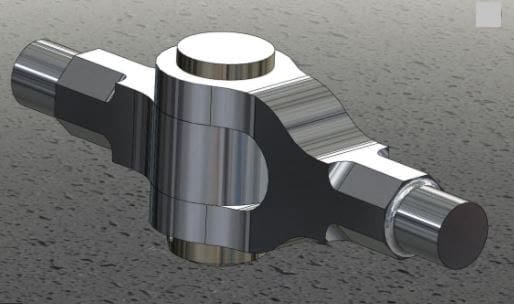
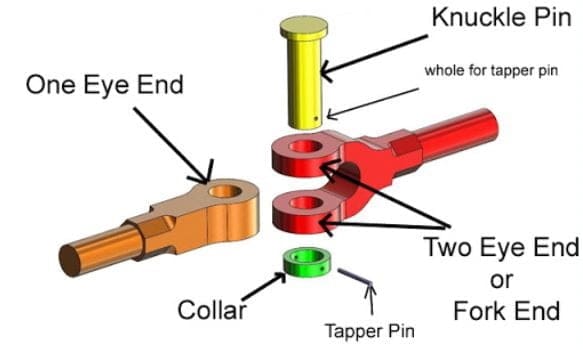
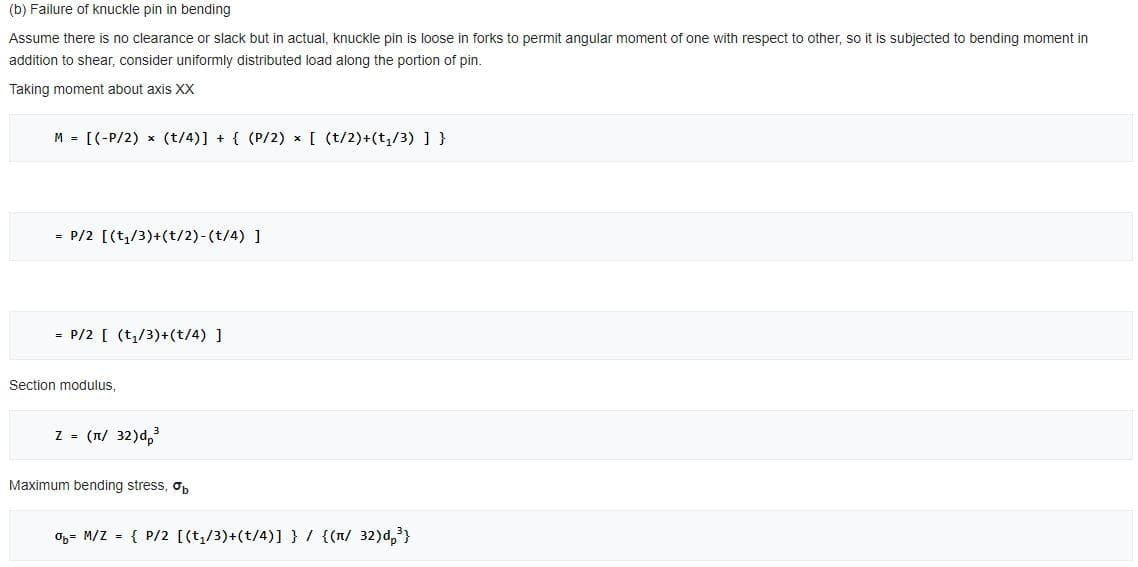
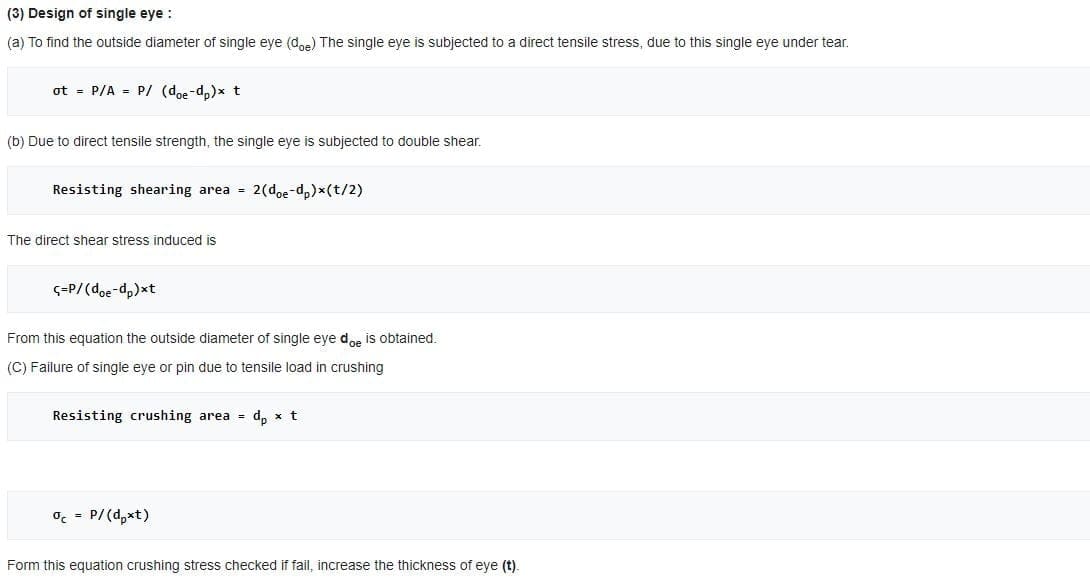
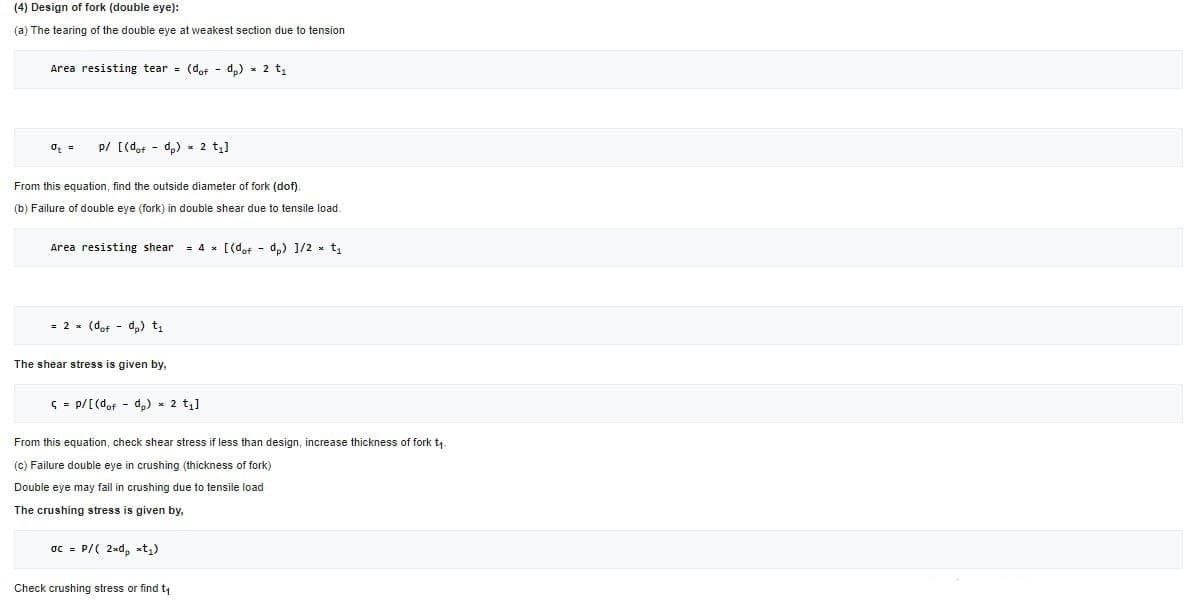

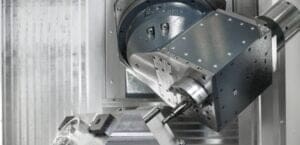
![Different Types of Measuring Tools and their Uses [Notes & PDF] Feature Image of Types of Measuring Tools](https://themechanicalengineering.com/wp-content/uploads/2023/01/Feature-Image-of-Types-of-Measuring-Tools-300x171.jpg)
![Steel: Properties, Different Types and Applications [Notes & PDF] Feature Image of Steel](https://themechanicalengineering.com/wp-content/uploads/2023/01/Feature-Image-of-Steel-300x168.jpg)
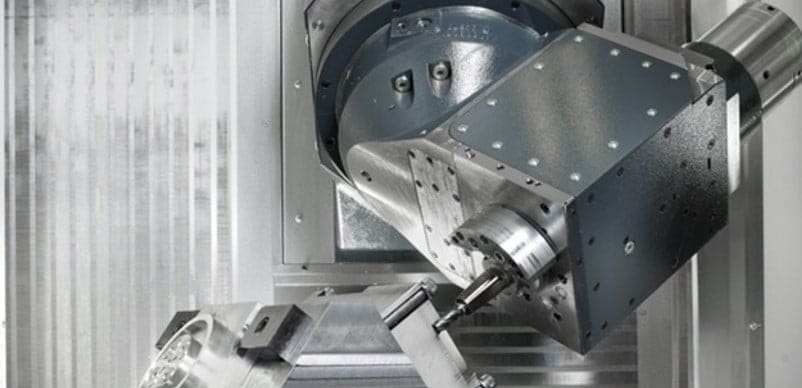
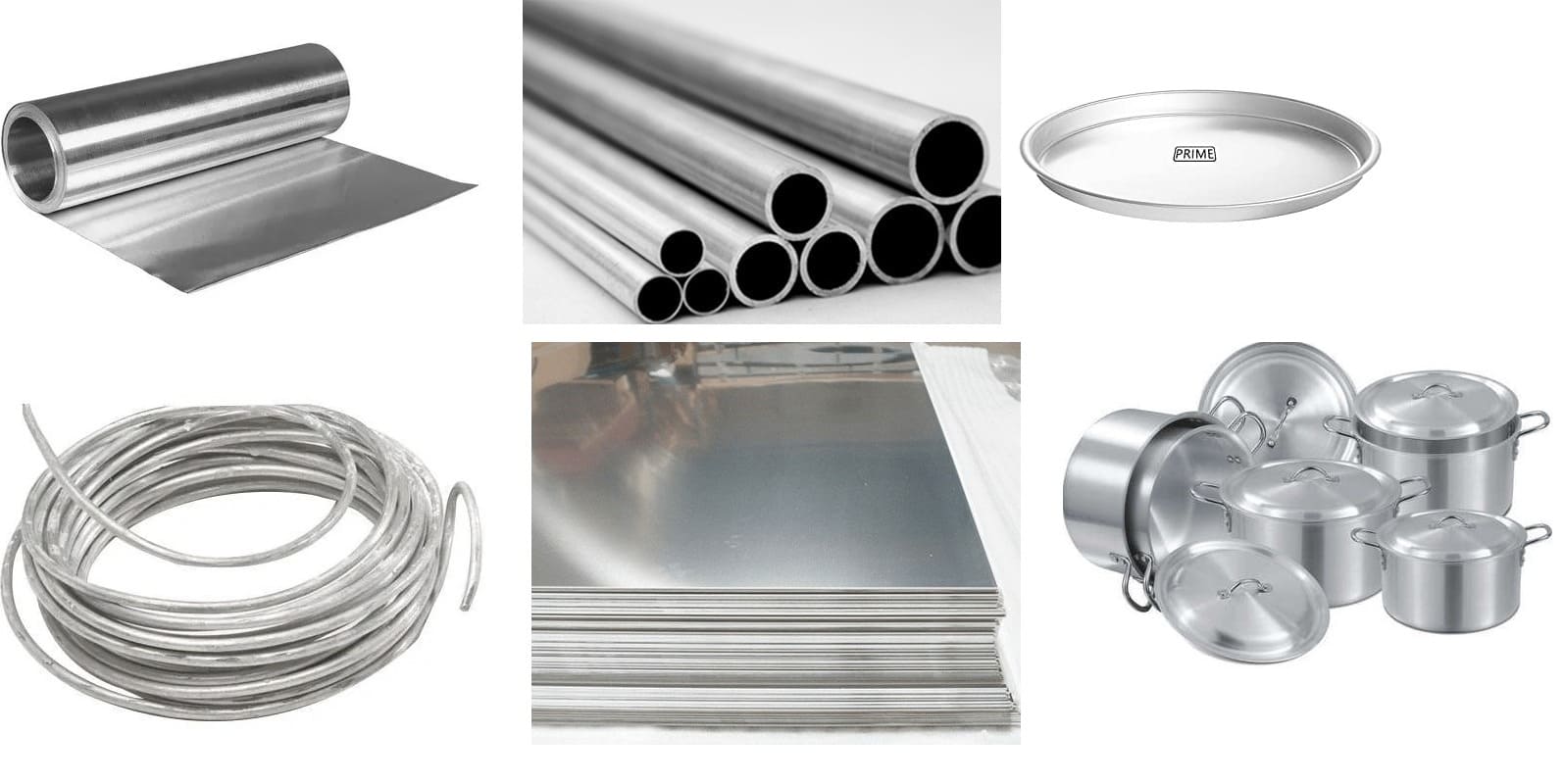
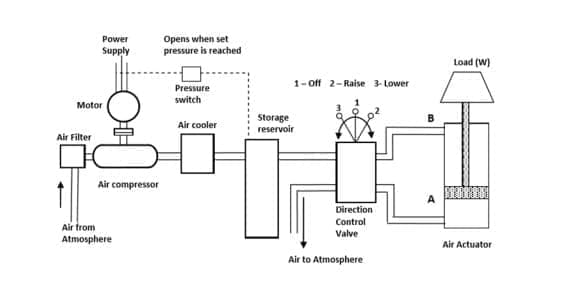
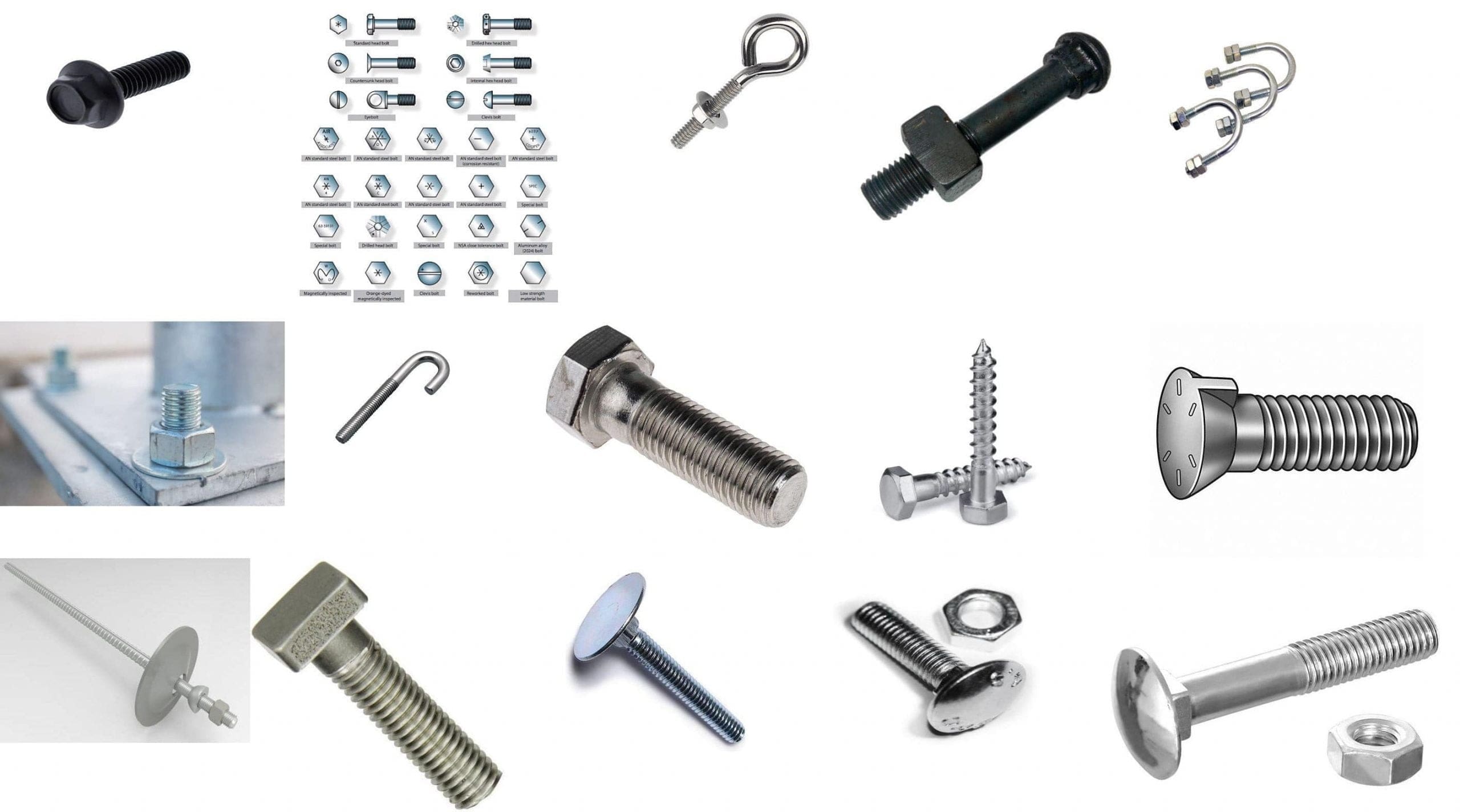
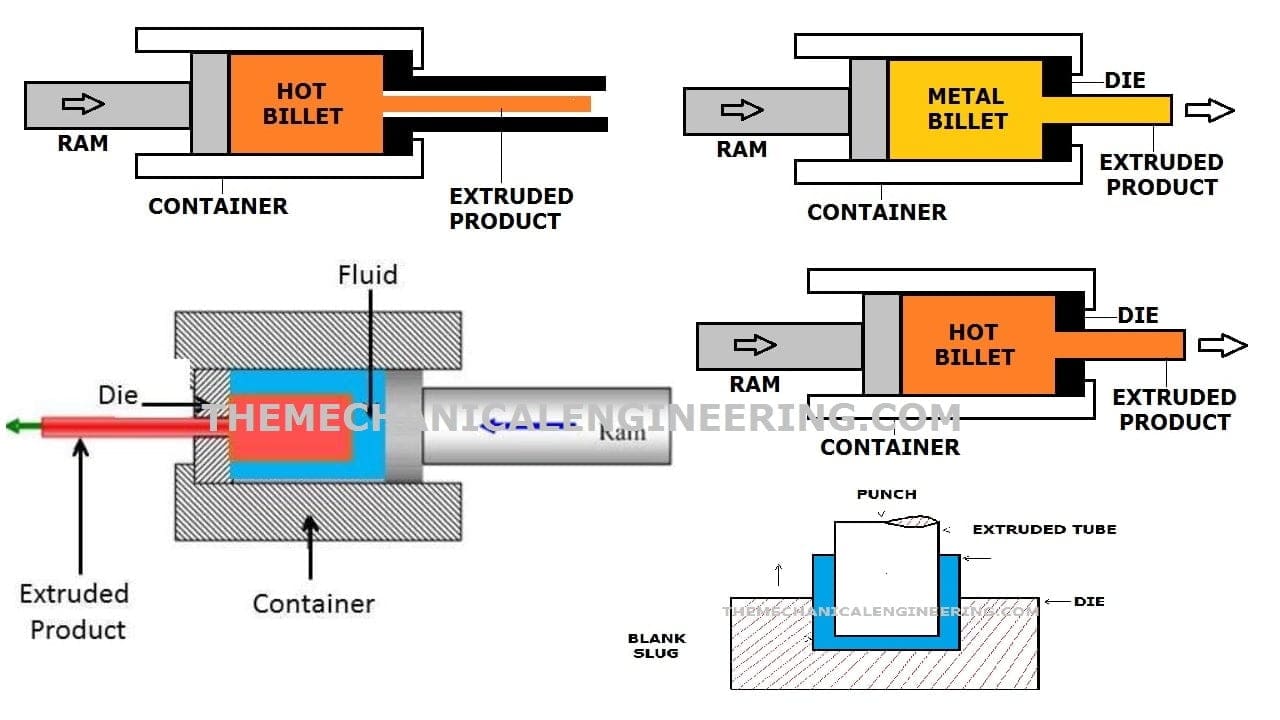
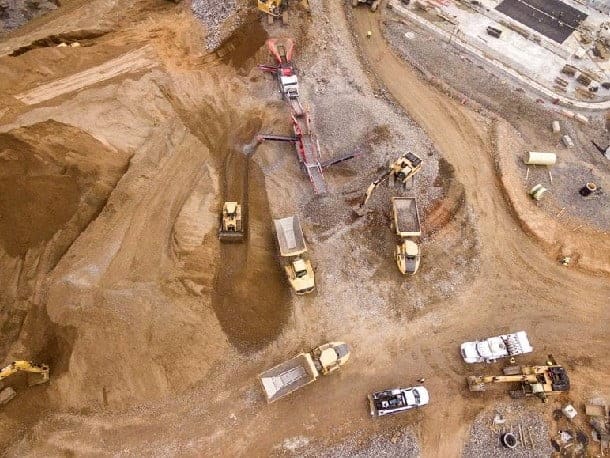
Discussion about this post